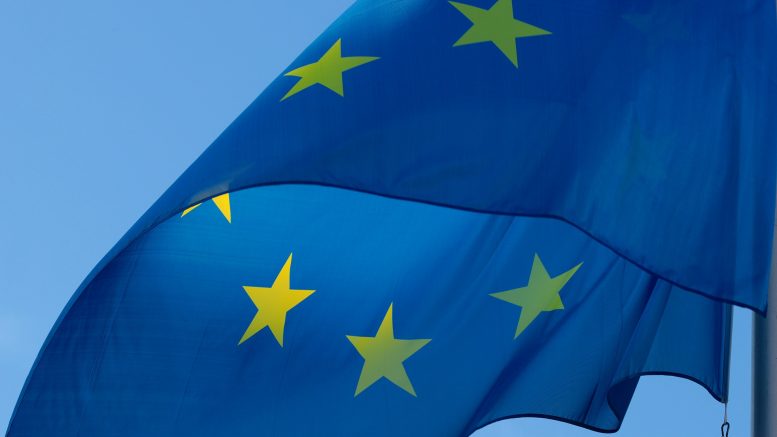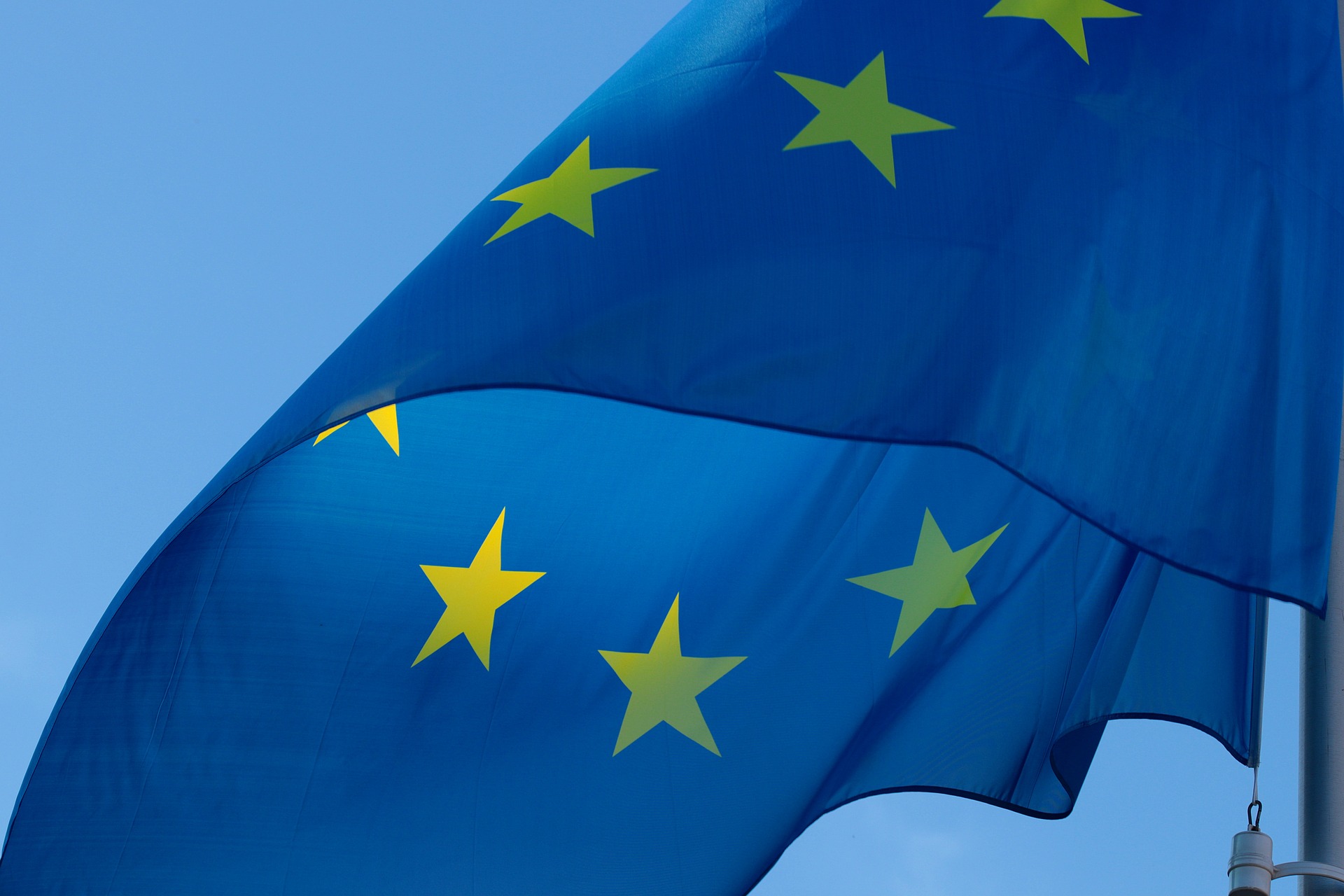 Norwegian, Hard or Soft Brexit: Where do we go now. With the prime minister unveiling a 585-page draft Brexit deal that was ‘dead-on-arrival’ it is unclear what will now happen with UK’s exit from the European Union.
Norwegian, Hard or Soft Brexit: Where do we go now. With the prime minister unveiling a 585-page draft Brexit deal that was ‘dead-on-arrival’ it is unclear what will now happen with UK’s exit from the European Union.
The Voice of London has broken down what could happen, This is your definitive guide to the future of Brexit.
NORWAY:
The Nor-way would see the United Kingdom remain in the EFTA (European Free Trade Area) and the EEA (European Economic Area). The country would maintain access to the free market, allowing goods to flow freely as they currently do.
However, to join the EEA, you have to be an EU member state or a member of the aforementioned EFTA. To satisfy these requisites the United Kingdom has to apply to the free trade area, and once accepted apply to join the economic area.
This may seem like a good compromise but it would make many of the referendum’s key principles void.
With a Norway style deal, Britain could not control immigration, as to be a member you have to agree to the EU’s four main principles, one of which being the free movement people. This option of leaving and rejoining is seen as the least damaging to the country but would not please brexiteers, as the UK would have to follow EU rules, but no longer be able to vote on them.
Yet, this deal is seen by many as a good compromise between remain and leave by maintaining free movement but taking Britain out of common fisheries and agriculture policy.
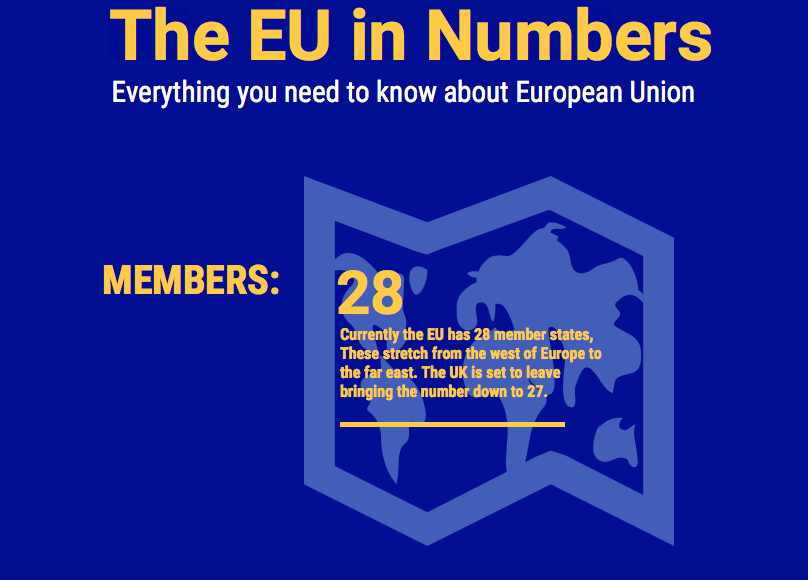
NO-DEAL:
This is simply a cliff-edge.
The time for negotiations runs out and with nothing signed the UK instantly falls out all EU rules, groups and policies.
Theoretically there would instantly be a border between the EU and UK meaning custom checks at Dover. Rights of EU citizens in the UK, and UK citizens in the EU could would disappear overnight. In terms of trade, all shared rules would instantly stop, good between the United Kingdom and Europe would come under WTO (World Trade Organisation) rules on import and export tariffs.
This would drive up prices for both the EU and UK with agricultural tariffs going as high as 40%. The UK would also have to replace many institutions that govern people and industries. An often talked about example is the air travel. The EU currently regulates air travel for the entire bloc so theoretically with no regulation, UK flights would be grounded until the UK creates a substitute.
Mark Carney, the Governor of the Bank of England, says in a 'worst case' no deal Brexit scenario GDP would be more than 10.7% lower than if the UK stayed in the EU and unemployment could rise to 7.5%.
For more, head here: https://t.co/L7wVgdMlWw pic.twitter.com/JB17GQAq4P
— Sky News (@SkyNews) November 28, 2018
NO-BREXIT:
No Brexit means no Brexit. The UK would rescind article 50 and stay in the European Union. All common policies, laws, regulators and bodies would remain in place. To put it simply nothing would change.
However, this is unlikely to be an option without the significant threat of a no-deal situation and a change of heart from the government which has promised to deliver on the will of the people.
As easy as this may seem, it is still unknown whether the UK alone can take back article 50, the ECJ (European Court of Justice) is set to deliberate soon on whether the UK or all EU member states have to agree on the UK not leaving.
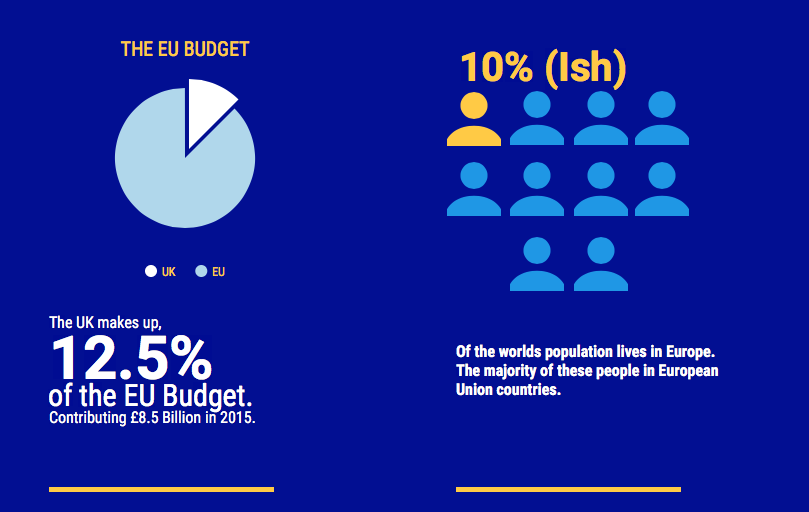
THE DEAL:
The dead-on-arrival deal is the closest the EU and UK have gotten to something agreeable. The publication of the draft deal led to the resignation Dominic Raab, former Brexit Secretary, and a string of other high-profile resignations.
This option would see the whole of the UK remaining in the customs union until 2020, allowing for more time for the UK and EU to negotiate more complex areas like the Irish Border. If an arrangement was not agreed upon by 2020, the UK would remain in the customs union indefinitely.
It also means that EU citizens in the UK would be guaranteed rights for five years. There would be an end to the free movement of people between the UK and EU but visa free travel between the UK and the 27 other member states would continue.
GENERAL ELECTION:
With little faith in the deal proposed from both sides, many backbenchers have called for a general election to be called. If this was to happen, Parliament would have to hold a vote of no confidence on the government. Then depending on which party wins, entirely new negotiations or a halt to brexit could be put in place. This would result in a new government leading Brexit planning and negotiations. This may seem a favourable option for many remainers and hard-right brexiteers like MP Jacob Rees-Mogg who has called on his party to ditch PM Theresa May. However, the likelihood of a single party majority in parliament is unclear and a second referendum could lead to more uncertainty.
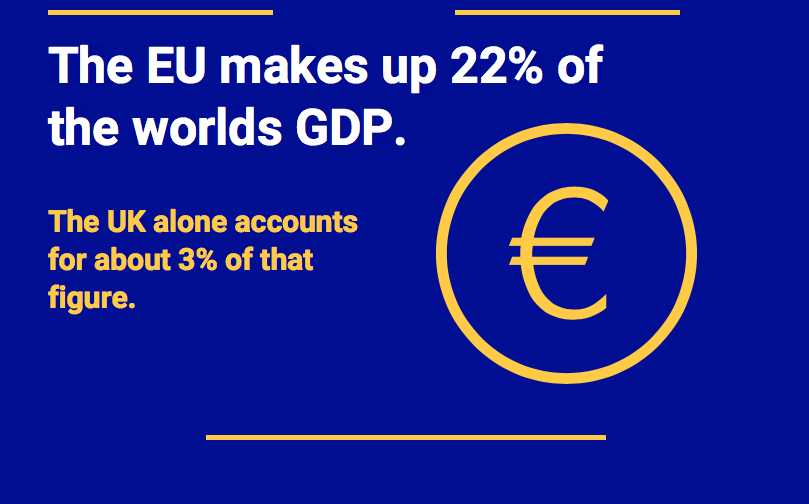
SECOND REFERENDUM:
The second referendum or the people’s vote, is an option to amend the current deal when it faces parliament and require that a second vote takes place. This would mean Brexit going back to the British people to be either voted down or approved and could take two forms, either a vote with the options to leave or remain, or a vote with three options; leave with no deal, leave with the deal, or to remain in the European union. Polling suggests that remain would win the election.
If this was the case, government would have a mandate to stop Brexit, but as described in the no-Brexit situation is unclear if this is even possible until the ECJ settles on a ruling on next week.
https://twitter.com/peoplesvote_uk/status/1067745256647606272
UKRAINE PLUS:
Now with the PM’s deal in jeopardy, many politicians have begun to explore the option of what is called a Ukraine Plus deal. It would see no freedom of movement while retaining single market access, something that the UK economy currently relies on heavily.
This deal would theoretically leave the door open for shared defence and police cooperation, keeps open visa-free travel and allow the UK to make trade deals with countries outside the bloc.
However, at such a late stage this arrangement would have to be negotiated once the UK is no longer part of the EU. Moreover, the deal is also designed as a gradual path for Ukraine to join the EU, and as such Europe may be unwilling to open this door to the UK once it has left.
Who sells the most?
[googlemaps https://www.google.com/maps/d/u/0/embed?mid=1_ZeLbcBBVB4RRHj_x_QwVPlSMO8jfAe9&w=640&h=480]
Read more on Brexit:
- Are conspiracy theories a brexit side effect?
- How brexit could hurt your Lasagna
- The march for the people’s vote
Words & Graphics By: Harry Lye | Subbing by: Benedetta Laterza

